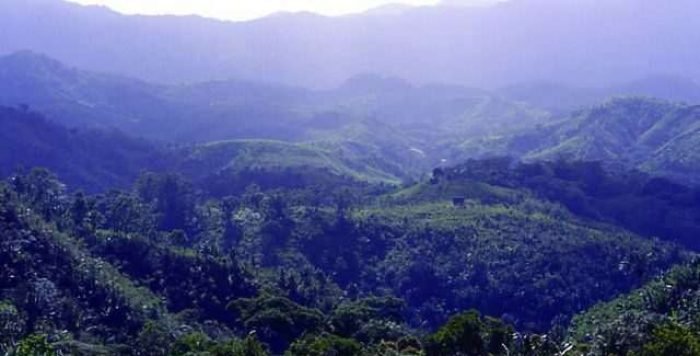Space not available
Reserve this advertising space
Choose an ad format to publish
The file format is not recognized
Choose this advertising space
and click here to transmit
an announcement
Click here to transmit
an announcement
Drag and drop
or transmit
an announcement
Bottom reference
Reference
– Properties inscribed on the UNESCO World Heritage List

Madagascar ratified the Convention concerning the Protection of the World Cultural and Natural Heritage on July 19, 1983. The first protected site was inscribed in 1990. Madagascar currently has three World Heritage sites, one cultural and two natural.
Space not available
Reserve this advertising space
Choose an ad format to publish
The file format is not recognized
Choose this advertising space
and click here to transmit
an announcement
Click here to transmit
an announcement
Drag and drop
or transmit
an announcement
Bottom reference
Reference
The Royal Hill of Ambohimanga (2001)
It is an exceptional testimony to the civilization that developed in the Malagasy Central Highlands from the 15th to the 19th century, and to the cultural and spiritual traditions, the cult of Kings and Ancestors, that are closely associated with it. The royal hill of Ambohimanga is the cradle of the kingdom and the dynasty that made Madagascar a modern and internationally recognized state in 1817. It consists of a royal city, a royal burial site, and a group of sacred places. Associated with a strong sense of national identity, it has retained its atmosphere of spirituality and its sacred character, in practice and in the minds of the population, for some 500 years. It remains a place of worship and pilgrimage that people come to visit from Madagascar and elsewhere.
Space not available
Reserve this advertising space
Choose an ad format to publish
The file format is not recognized
Choose this advertising space
and click here to transmit
an announcement
Click here to transmit
an announcement
Drag and drop
or transmit
an announcement
Bottom reference
Reference
The humid forests of Atsinanana (2007)
They comprise six national parks spread along the eastern margins of the island. These ancient forests are very important for maintaining the ecological processes necessary for the survival of Madagascar's unique biodiversity. This reflects the island's geological history: due to its separation from other landmasses over 60 million years ago, Madagascar is home to flora and fauna that evolved in isolation. Listed for their importance to both ecological and biological processes, the rainforests are also listed for their biodiversity and the endangered species they support, particularly primates and lemurs.
The site includes seven marine protected areas: Nosy Hara National Marine Park; Sahamalaza National Park – Radama Islands; Lokobe National Park; Nosy Tanikely National Park; Ambodivahibe Marine Protected Area; Ankivonjy Marine Protected Area; Ankarea Marine Protected Area.
The Tsingy de Bemaraha Strict Nature Reserve (1990)
A karst landscape and a highly jagged limestone massif with its impressive tsingy, or 'forest' of limestone spurs, the spectacular Manambolo River gorge, rolling hills and high peaks make up the relief of the Bemaraha Nature Reserve, where intact forests, lakes and mangroves provide habitat for rare and endangered bird species and lemurs.
Space not available
Reserve this advertising space
Choose an ad format to publish
The file format is not recognized
Choose this advertising space
and click here to transmit
an announcement
Click here to transmit
an announcement
Drag and drop
or transmit
an announcement
Bottom reference
Reference

















 A Seat That Transforms into a Bed
A Seat That Transforms into a Bed  In the world of air travel, economy class is often considered the most affordable option. However, at Air Afrika, we believe that affordability shouldn't mean compromising on quality of service. Our class
In the world of air travel, economy class is often considered the most affordable option. However, at Air Afrika, we believe that affordability shouldn't mean compromising on quality of service. Our class









